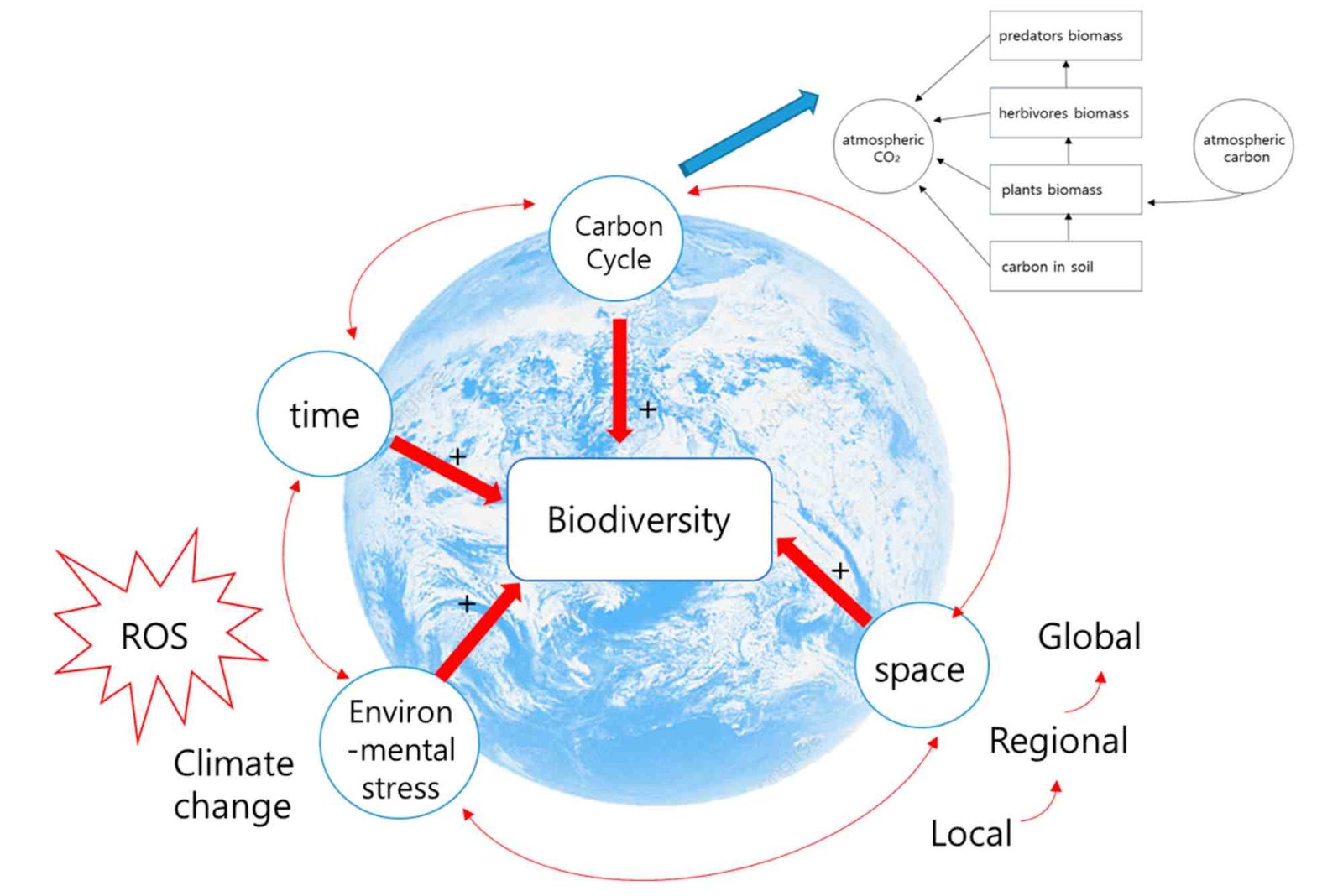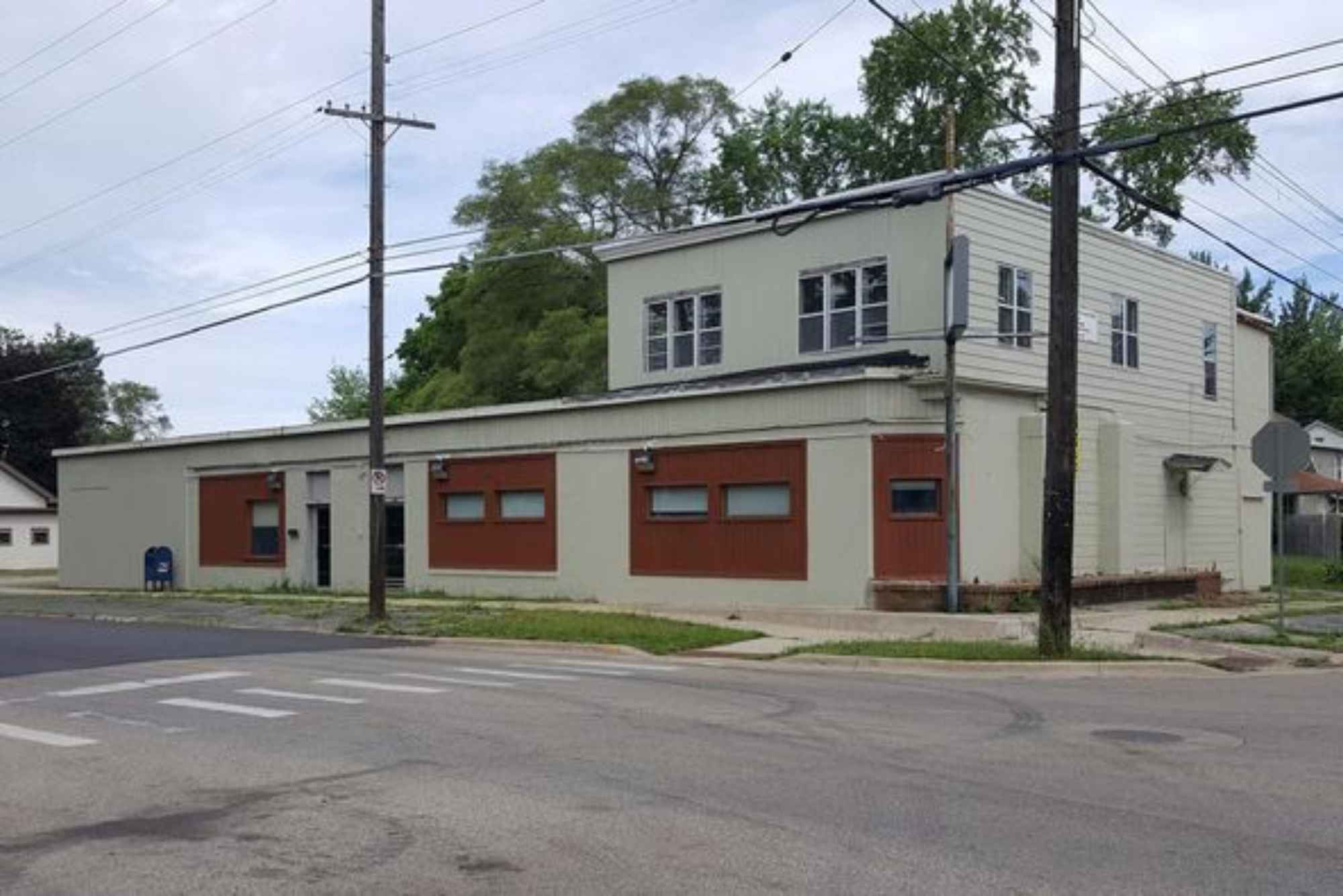Introduction
Relocating is a massive life event. But beyond packing boxes and settling new utilities, have you thought about the climate at your new location? Many overlook this, only to find surprises like unbearable heat, freezing winters, or severe humidity. Knowing why climate considerations matter when moving could save you from emotional stress, financial strain, and even health issues.
In this guide, we’ll walk step by step through the key reasons climate plays a major role in your move — and how you can adapt smoothly. Let’s dive into what you should look out for, especially if relocating to an unfamiliar region or country.
Understanding Why Climate Considerations Matter When Moving
Climate isn’t just about sunshine or snowstorms. It impacts your safety, budget, lifestyle, and overall well-being. A new environment can mean adapting your wardrobe, adjusting your home utilities, and being prepared for extreme weather. That’s why proper planning makes all the difference.
The Big Picture: Why Climate Matters Before You Move
Climate influences everything — from the clothes you wear to the food you eat, even your mental state. You might be moving for a dream job or a fresh start, but weather extremes could turn it into a nightmare if you’re unprepared.
When evaluating a potential place to live, learn about its average temperature, rainfall, humidity, and natural disaster risks. These factors shape your daily life and long-term comfort.
How to Assess Climate When Moving
Planning your move requires a little detective work and smart thinking. Here’s how you can tackle it step by step.
Research Temperature Patterns
Start by checking seasonal temperature trends. Does your new location have boiling summers? Are winters extremely cold? Sites like Weather.com or government climate reports are useful here. Focus on average highs and lows throughout the year.
A mild climate might mean lower utility bills. But areas with harsh extremes may require more cooling or heating, affecting both your budget and comfort.
Measure Humidity and Air Moisture
Humidity affects comfort and health. High humidity can cause mold growth or aggravate asthma. Low humidity may cause dry skin or respiratory problems.
Be sure to learn about humidity levels in different seasons. You may need dehumidifiers or humidifiers, depending on the conditions.
Evaluate Rainfall and Natural Disasters
Heavy rainfall could mean frequent flooding. Dry climates may pose wildfire risks. Look up local disaster history. Search terms like “city name + climate risk” often yield clear insights.
Also, consider if the area is prone to hurricanes, earthquakes, or tornadoes. Check with local government websites or insurance companies for risk maps.
Plan for Adjustments and Costs
Once you’ve gathered your data, think ahead. Will you need new clothing? Appliances like air conditioners or heaters? What about seasonal tires?
Moving into a new climate zone often requires one-time expenses, so budgeting helps avoid shock.
Adapt Your Lifestyle
Climate shapes habits. If you’re moving to a snowy region, you’ll likely need to learn snow shoveling or invest in snow tires. Moving to a desert? You’ll need sunscreen and water storage habits.
Understanding why climate considerations matter when moving also prepares you mentally and emotionally.
Key Climate Considerations When Moving
Now that you’ve got the steps, here’s what you should focus on while planning your move.
Temperature Extremes
Some areas face drastic seasonal shifts. If you’re moving from a tropical to a temperate region, adjusting to cold winters might be physically and mentally challenging.
Air Quality
Air quality affects long-term health. Urban pollution or natural events like dust storms or wildfire smoke may be more common in your new location. Use resources like the Air Quality Index (AQI) to see annual averages.
Environmental Impact
Think about how your move affects the environment. If you’re concerned about sustainability, find out if your new area supports eco-friendly infrastructure, like public transit or solar options.
If you’d like more tips for a climate-smart move, take a look at this Why Climate Considerations Tips guide on BusinessMini.
Real-Life Example: Moving from Florida to Colorado
Imagine moving from humid Florida to dry Colorado. You’ll face:
- Altitude sickness
- Dryer air
- Rapid temperature changes
- Winter snowstorms
Planning in advance means buying appropriate clothing, preparing for altitude changes, and adjusting daily routines. This is the power of climate-aware moving.
Want a full climate prep strategy? Don’t miss the Why Climate Considerations Matter Guide.
Tips to Prepare for a Climate-Conscious Move
Understanding is one thing. But how do you act on your climate knowledge?
Prepare Your Home
Your new home must be ready for its environment. That could mean insulating walls, installing storm shutters, or buying smart thermostats.
Prepare Yourself
Clothing is key. Know what to pack and what needs to be bought later. Invest in seasonal essentials like jackets, boots, sunglasses, or sunscreen.
Transportation Readiness
If you’re driving, think about icy conditions or extremely hot roads. Changing your vehicle’s tires, coolant, or heating can be expensive, but necessary.
Mental Preparation
Climate shifts can lead to seasonal depression or mood changes. Plan ahead by connecting with locals online, learning about the lifestyle, and preparing mentally.
Why Climate Considerations Matter for Movers and Expats
If you’re moving internationally, the culture shift is often tied to climate. Many people find weather changes affect their daily routine more than anything else.
For example, moving to Dubai means facing intense summer heat. Visit Related article on uaebusinessman.com to find business and lifestyle tips tailored for the UAE environment.
Understanding the climate is a must for expats to settle smoothly.
Moving with Family? Climate Matters Even More
Children and seniors are more sensitive to weather conditions. Extreme heat or cold can affect health or mood. Preparing your family for a gradual transition will make the move easier for everyone.
Also, consider school bus schedules, outdoor playtime, and activities available in your new climate.
How Much Does Climate Affect Moving Costs?
It may surprise you, but climate impacts your moving budget. For instance:
- Weather-sensitive routes may cost more
- Vehicles may need updates
- New gadgets like heaters, humidifiers, or generators add up
Being aware allows you to budget smarter and avoid last-minute expenses.
Common Challenges and Solutions
Here are common issues people face due to climate during relocation.
Climate Shock
Many experience weather-related stress. Solution? Visit before moving, if possible.
Unexpected Bills
Utility bills can soar in extreme climates. Plan ahead and check average monthly bills.
Physical Health
Stay hydrated and prepared for lifestyle adjustments. Seek local doctor’s advice if needed.
FAQs
Why is climate important when relocating?
Climate affects your health, cost of living, and comfort. Knowing these factors helps you move smartly.
How can climate affect moving expenses?
You may need to invest in special clothing, appliances, or home adjustments.
Are natural disasters relevant to moving decisions?
Yes. Areas prone to floods, fires, or hurricanes require preparation and insurance.
Should I research climate even if moving locally?
Yes. Microclimates vary even within regions.
Ignoring climate considerations could lead to unwanted surprises and regrets. From packing the right items to budgeting correctly — every decision shapes your moving experience.















